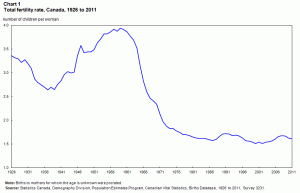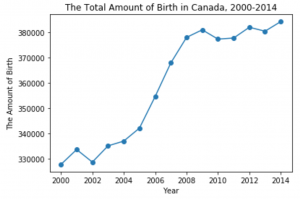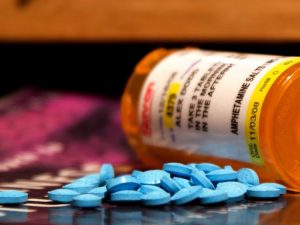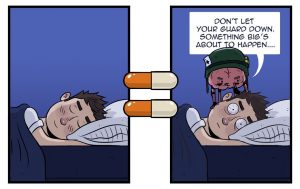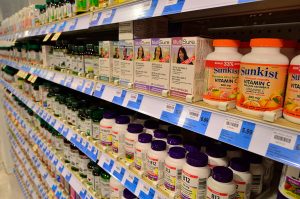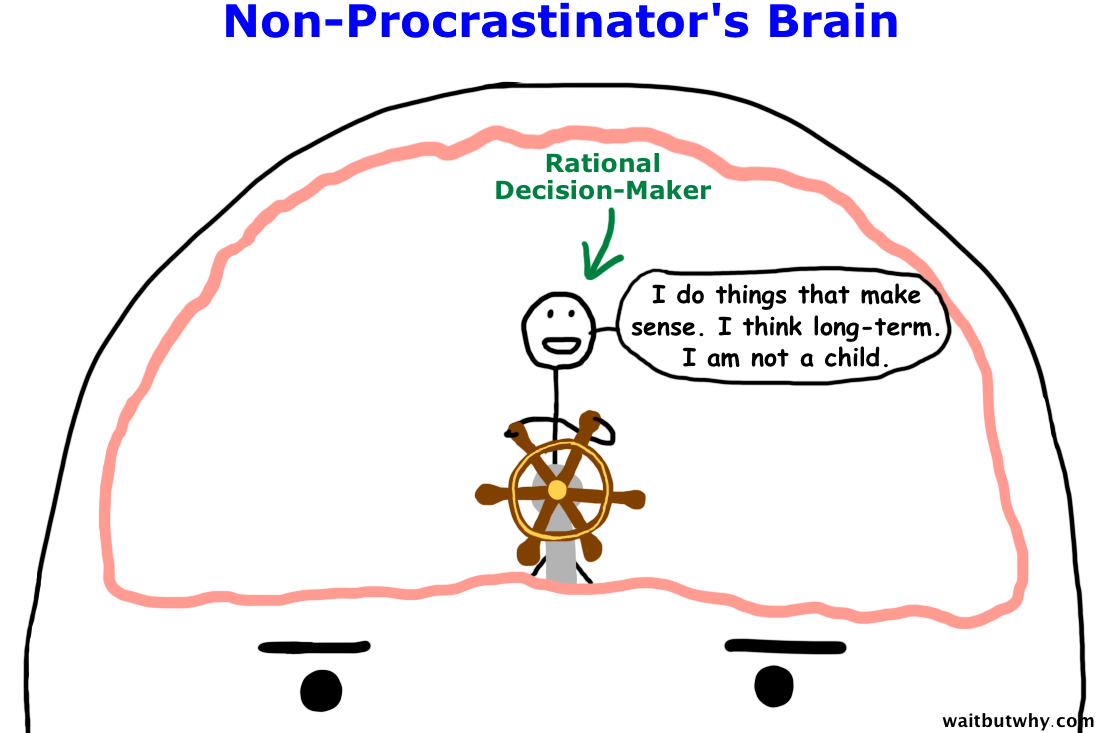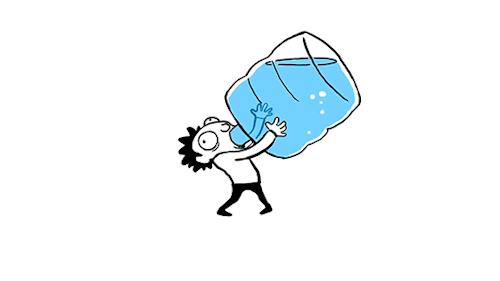Imagine sitting outside on the patio on a nice clear day. You look up towards the beautiful sky and see that it is…. As green as grass? As you look at the sky with confusion, your alarm clock rings, prompting you to wake up. The sky’s colour has always been something you never gave much thought to. After all, it’s just universally accepted that it’s blue. But after dreaming of such a weird sky… Have you stopped to wonder why the sky giving off the tint that it does?

A classic view of the sky (Source: https://www.flickr.com/photos/alex-r-/3599754765)
Doesn’t the Sky Just Reflect the Colour of the Ocean?
Actually no. Firstly, the sky is lit up by the sun, which emits white light. However, white light is not actually white in quality, but rather composed of all colours in the visible spectrum. In the day time, light from the illuminated sky reaches you at different distances depending on the position of the sun. When the sun is closest to us – directly overhead – it travels the shortest amount of distance, so it appears white. Light at any other point has travelled a longer distance, comparatively, through the atmosphere to reach our eyes. In its journey it has encountered gas particles in the atmosphere, which are smaller than the wavelengths of visible light. As it passes through the molecules the wavelengths are redirected, or scattered, in different directions. As one of the shortest wavelengths, blue light is scattered in high frequency by these small particles. The greater the distance travelled, the more the blue light is being scattered in comparison to the other colours. Thus, it reaches us the most and ends up being the colour that we see. Another example of this is at the horizon, where the sky may appear whiter because light there has travelled the greatest distance to reach us. Much of the blue light has been scattered away and the mixing of the other scattered colours is what we perceive.

The visible spectrum (Source: https://www.flickr.com/photos/entirelysubjective/6146868258)
Why Not Violet?
Hold on though… You may think, “isn’t violet light shorter than blue? Why don’t we see violet instead?”. You’re right, violet is shorter than blue. However, a lot of these violet wavelengths scatter higher up in the atmosphere and are absorbed as UV light. Moreover, our eyes naturally contain three types of cones – red, green, and blue. The cones mainly detect these three types of light and as a result our eyes favour blue light over violet light, forcing us to see blue rather than violet.
The colour of the sky is an often overlooked topic that nobody thinks about, other than in the occasional pretty photos. However, we should consider ourselves very lucky because the exact composition of our atmosphere allows the sky to be blue. This is which is why in places such as the moon, which lacks an atmosphere, the sky is not blue at all.
A Quick Video Summary of Why The Sky is Blue
A podcast explaining why the sky is blue. (Source: https://www.vpr.org/post/why-sky-blue#stream/0)
Justin Wong

